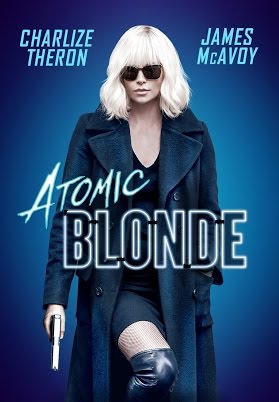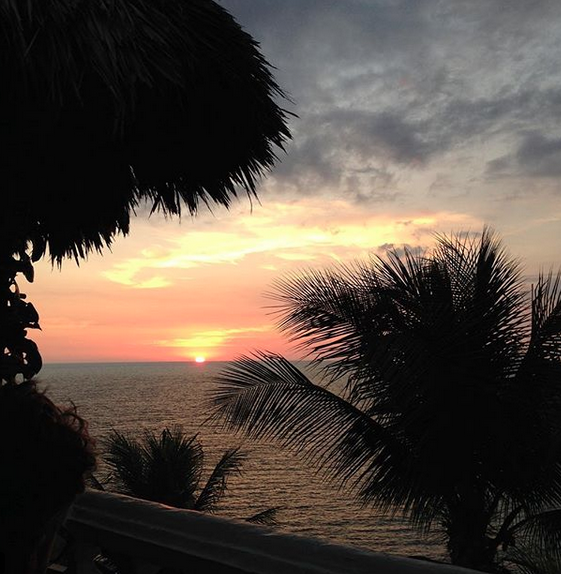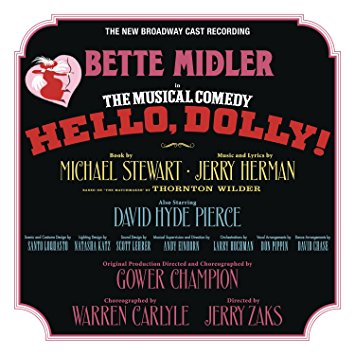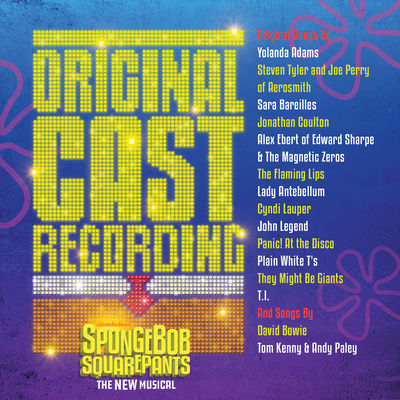DANIEL BERRIGAN'S 'THE TRIAL OF THE CATONSVILLE NINE' - HARDCORE RADICAL RELIGIOUS IDEALISM
 Wednesday, February 20, 2019 at 2:42PM
Wednesday, February 20, 2019 at 2:42PM " David Huynh, Eunice Wong, Mia Katigbak
David Huynh, Eunice Wong, Mia Katigbak
HENRY EDWARDS - New York - February 23, 2019
Welcome to the MAGA moment in American history.
In response to the widespread protests that greeted the first two years of Donald Trump’s presidency, 31 Republican-controlled state legislatures introduced more than 50 anti-protest bills. The legislators never said it out loud, but their longing to criminalize protest could not have been more clear.
Transport Group’s revival of Jesuit priest, poet, and sociopolitical activist Daniel Berrigan’s 1971 docudrama, “The Trial of the Catonsville Nine,” chronicles a protest that occurred in 1968, serving as a potent reminder that a half-century later, years of hard-fought civil liberty protections are currently under extraordinary threat.
In 1968, in their determination to bring a halt to the Vietnam War, the “Catonsville Nine” - Father Daniel Berrigan, his brother, Josephite priest Philip Berrigan (eventually to become the first priest in this country ever to be prosecuted for civil disobedience), and seven other Catholic activists - engaged in a radical action with deeply surprising consequences.
Their principles and tactics inspired more than 250 similar actions, eventually leading to the end of the draft five years later in 1973, and continuing to influence activists to this day.
The Nine selected a small Selective Service office in a Knights of Columbus Hall in the small Maryland community of Catonsville as the site of an act of outright resistance to the draft.
Until then, the antiwar activists were identified as students and easily dismissed as naïve, or viewed disapprovingly as long haired, casual drug using, promiscuous "hippies."
The Nine knew the image they were about to send out to the world would be a powerful one. Members of the clergy simply did not stage political acts of vandalism and no one would ever expect protesters to be or had been priests and nuns.
On May 17, 1968, after nine weeks of planning and with the press on alert, the Nine entered the draft office and threw hundreds of draft records into wire bins.
They incinerated the documents in the parking lot, successfully destroying 378 that had been classified 1-A , thus eliminating from the system the names of candidates who had been declared available for military service without delay.
According to their press statement, they used napalm to accomplish the deed “because napalm has burned people to death in Vietnam."
U.S. forces were infamous for using the highly flammable sticky jelly to incinerate villages and accidentally people. (Napalm stuck to human flesh.)
The Nine concocted their homemade batch out of Ivory soap flakes and gasoline, using a recipe adapted from the US Special Forces Handbook.
While they waited for the police, they held hands, recited the Lord's Prayer, prayed for peace and explained their reasoning for the protest.
The tableau of the Berrigan brothers dressed in clerical attire at the scene proved so striking the siblings would forever be painted as the leaders of a protest that actually had none.
Five police officers eventually arrived and arrested the nine radical Catholic peaceniks who were charged with four felonies by the U.S. government
Over five days from October 5–9, 1968, they were tried in federal court.
The lead defense attorney was counterculture legal icon William Kunstler.
Even though the judge, Roszel C. Thomsen, and the prosecutor, Stephen H. Sachs, realized the historic proportions of the event, they allowed little leeway to the defendants' arguments.
The policy of the government was to compel defendants to stick to "nothing but the facts” and the jury simply had to decide whether or not the Nine destroyed government files.
"In a sense, it was a choice between life and death. It was a choice between saving one's soul and losing it,"said defendant, Thomas Lewis.
The Nine knew they had committed a “crime” and in full view of the world no less, but they contended they had performed an act of conscience and were following a higher law — God's moral law—citing such precedents as the Nuremberg war crimes trials after World War II.
They also called up their experiences all over the world with the poor who were often the victims of United States foreign policy and tried to put that policy, and especially the Vietnam War, on trial.
After three hours of deliberation, the jury found the Nine guilty of destruction of U.S. property, destruction of Selective Service files, and interference with the Selective Service Act of 1967.
Each was sentenced to two to three and a half years in prison, and a fine of $22,000.
 Eunice Wong, Mia Katigbak Three years later, in 1971, Father Daniel Berrigan wrote a play in free verse based on a partial transcript of the trial. The scrapbook of testimonies was designed to prod the conscience of theatergoers.
Eunice Wong, Mia Katigbak Three years later, in 1971, Father Daniel Berrigan wrote a play in free verse based on a partial transcript of the trial. The scrapbook of testimonies was designed to prod the conscience of theatergoers.
Playwright Saul Levitt worked on the script to give it more fluency. The resulting “The Trial of the Catonsville Nine” was first presented in Los Angeles, subsequently opened off-Broadway to great acclaim in 1971, and finally moved to Broadway for a brief 29-performance run. The 16-member cast included Sam Waterston and (believe this) James Woods.
Later that year, Gregory Peck produced a film version at a cost of $300,000. It took eight days to shoot and had almost no distribution.
Transport Group’s artistic director, Jack Cummings III, is the adapter and director of the “radical imagining” at Abrons Arts Center, presented by Transport Group in partnership with National Asian American Theatre Company (NAATCO).
Cummings’ revisions include welcome updates on the ultimate fates of the participants.
Father Daniel Berrigan lived from 1975 on the Upper West Side at the West Side Jesuit Community and died in 2016 at the age of 94; Philip Berrigan, while still a priest, married former nun Elizabeth McAlister in 1969 by "mutual consent." In 1973, they legalized their marriage and were subsequently excommunicated by the Catholic Church. By the time of his death in 2002 at the age of 79, Berrigan had spent about 11 years in jails and prisons for civil disobedience.
“The Trial” was – and remains – a polemic that offers a rational and civilized argument in which emotion and passion are seen as intellectually moral processes.
Father Daniel Berrigan’s unabashed and unconcealed argument is meant to persuade audiences to consider what our nation is doing in our name, leading them to admit that higher law is being broken daily. Questions sprang from the text and continue to remain unresolved:
How does one deal with the conflict between the urge to act out of conscience and the imperative to follow the law? What should be the punishment for acts of civil disobedience, regardless of their inherent morality? And if one commits such deeds, should one expect to pay a price or be exonerated for following a higher purpose?
In common with all polemics, “The Trial” certainly does have its boring moments, and the material repeats itself and occasionally seems mawkish andself‐righteous. But how often do you encounter human beings in real life or in the drama with the pure and orthodox morality of the uncompromising defendants in "The Trial"?
The one thing this straightforward documentation of what went on in a Baltimore Federal Court for five days in October 1969 does not need is the use of theatrical devices of any kind.
Cummings did not listen.
Designer Peiyi Wong transforms the Abrons Center stage into a playing area and utilizes a curtain to separate the stage from the empty auditorium.
The playing area is reached by a side passageway, allowing an audience of 75 to make their way to a series of wooden pew benches that surround a large battered metal desk, complete with goose-neck lamps with horizontal shades.
The clustered tabletop houses a collage consisting of hundreds of Vietnam War-related photographs, period memorabilia - LP albums, magazine covers, ads, articles and pages from old Life magazines.
Audience members are invited to inspect the display, and it is artful, but also nostalgic enough to soften the horror of an agonizing time in American history.
R. Lee Kennedy’s blazing lighting cue and Fan Zhang’s pounding sound of rain and copter, followed by an actor playing a vinyl recording of the 1964 protest song, "Eve of Destruction," launches the production.
It’s a corny and awful choice that spells trouble from the get-go.
In place of 16 actors, Cummings has elected to have three Asian American performers, Mia Katigbak (the powerful and flinty Bessie Berger from NAATCO’s revival of Clifford Odets’ “Awake and Sing”), David Huynh, and Eunice Wong, portray the many male and female characters.
They enter in coats and hats, stumble onto the exhibit, and begin to check it out. Watching Asian Americans looking over artifacts of a war the U.S. fought in Asia holds real fascination. (David Huynh’s parents were refugees from the Vietnam War.)
Coming across the trial transcript, one begins to read from it. Soon, the others join in, not reading but reenacting the text as they sit by the table or move around it with some sequences delivered simultaneously for choral effect.
Confusion reigns as audience members make a mighty attempt to sort out one character from another.
What makes it even harder is the profusion of overbearing lighting and sound effects. Kennedy’s lights are either too blindingly white or too blood red; Zhang’s endless, melodramatic underscoring doesn’t let up for a second; and together they achieve peak madness attempting mercilessly to submerge the audience in the sensory effects of war.
The testimony unleashes numerous horror stories of the U.S. government routinely murdering Guatemalans deemed, accurately or not, to be Communists; American planes bombing the Congo and "mistakenly"hitting two unprotected villages; and how a U.S. group in Latin America was in fact a CIA front.
The defendants recount visits to young men who have set themselves afire or recall having been prodded forward by reading Camus.
In a particularly harrowing account, Daniel Berrigan recalls how historian Howard Zinn and he were invited to Hanoi by the North Vietnamese government, where they were shown the remains of citizens killed by the US Army, either by pellet bombs that ripped their brains apart by by bit or were burned alive by napalm.
To add to the oveall disbelief, the judge conscientiously instructs the jury that it “may not judge this case on the basis of conscience.”
He later mused, “This is the first case in which the issue of conscience has been brought up in my courtroom.”
How does one try to stop a war when all of the “proper channels” have been exhausted? What if a President has broken the law?
“If a President should break the law,” the judge ruefully but firmly concludes, “very little can be done about it.”
And that was 1968!
 Moving On
Moving On
At the very end, there is a burst of light, the stage fills with fog, the curtain lifts, allowing the empty auditorium to be seen for tje first time, and David Huynh plays Buffalo Springfield’s “For What It Is Worth,” which begins:
"There’s something happening here / What it is ain’t exactly clear."
With that the actors depart the stage and exit through the haze-filled auditorium and, one assumes, into the ether.
Is not exactly clear, it looks great and it’s wrong.
“The Trial” was meant to be a teaching lesson and sadly, after almost 50 years, it deserved to be retaught and was not.
 The Catonsville Nine
The Catonsville Nine
 Henry Edwards | Comments Off |
Henry Edwards | Comments Off | 

















